It may seem like a daft idea to go to the bother of travelling abroad to buy a car when there are so many to choose from right here in Blighty, but actually, in the words of the Rolling Stones, you can’t always get what you want. Which is how in February last year I found myself travelling to Bologna in Italy, ready to do a deal then set about importing a classic car.
I fancied a Leyland Mini with an Italian twist, better known as an Innocenti Mini 90, and quite simply there were none for sale in the UK. I had to go to Bologna to buy one. Surprisingly, it was brilliant experience.

I am not alone in having a good experience after buying a car abroad. A popular destination is the US. In 2018 alone, about 30,000 classic cars left American ports in shipping containers, with most sailing to Europe, according to Dmitry Shibarshin, marketing director of West Coast Shipping, based in Richmond, California
Glasgow based car enthusiast Chris Hendrie told me about his exploits importing a classic car. “The first time was to buy back a car I’d owned previously and regretted selling, a Fiat 128; I tracked it down in Ireland. The second, a Fiat 238 Camper, and third, a Renault Twingo, were because I wanted to buy a model that’s very scarce in the UK”
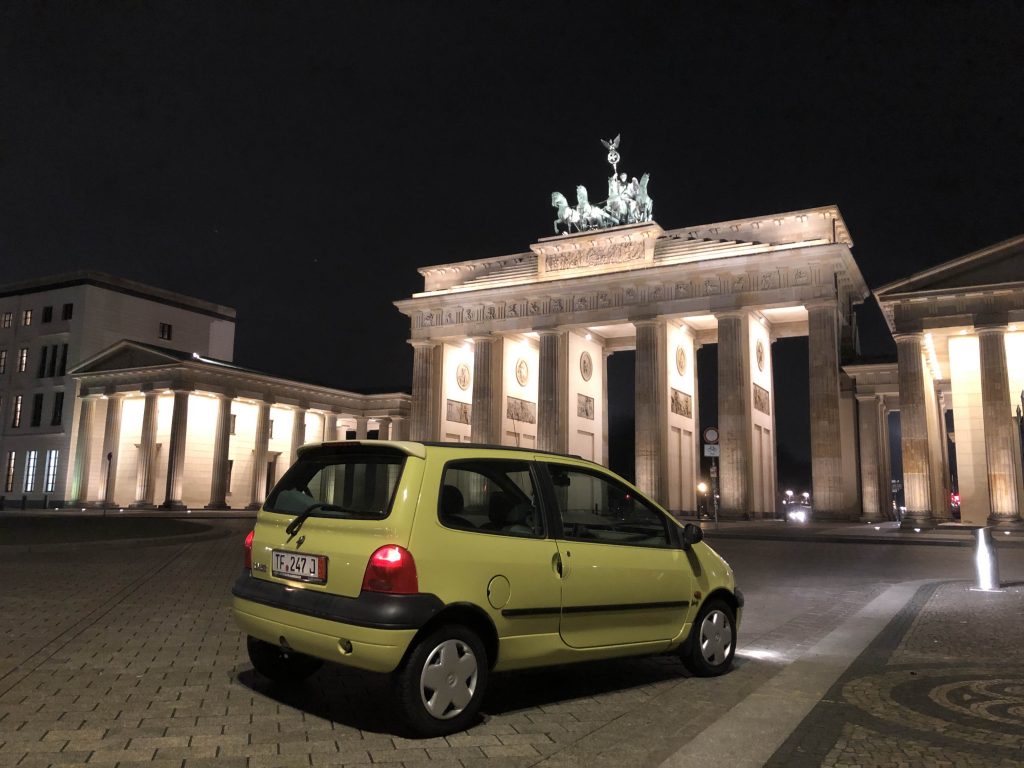
For Nick Bailey, a PR company director, the appeal of importing a classic car was one driven by nostalgia. “From family holidays to France as a child, French cars with their yellow lamps, elegant number plates and often battered bodies left a lasting impression on me and I had an urge to buy one,” says Bailey.
There can be financial incentives, too, as Bailey explains. “There is more choice across Europe and differences in different countries on price.”
If importing a classic car all sounds remarkably straightforward, rest assured, it isn’t. There is all manner of pitfalls and paperwork – often entwined – that buyers must be aware of. the chief concern is the introduction of VAT, since Brexit. However, enter into the adventure with your eyes wide open and you should end up with the right car for you and an interesting buying experience to tell friends and family about. Here’s what to be mindful of when importing a car from abroad.
Look at the car
Let’s assume you have researched parts availability and the practical stuff surrounding classic car ownership before taking the plunge. And let’s also assume you have established a robust picture of the values of your type of classic car in the market where’s it’s for sale and compared that with current or historic prices for equivalent models in the UK. The next thing you need to plan is an inspection of the car.
Tempting as it is to simply sit in front of a keyboard or tap your phone to buy, it is always best to make the effort and meet the car and owner in person. At the very least, you will know it is real. Plus travel broadens the mind and offers a wonderful excuse for a few days away.
Just bear in mind that you will be terribly excited and might overlook the sort of faults that would make you walk away from a similar car back in Britain. It can help to bring someone with you who has knowledge of the type of car or classics in general and is able to offer a second opinion.
Also, establish in writing what is and isn’t included. You don’t want to turn up to collect the car and discover the owner’s relative has pinched the original toolkit and replaced the new battery with an old, dead unit – as happened to me…
Doing the deal
Prior to viewing the car, it’s likely you’ve been chatting online – Google translate could be the ultimate helping hand here – and have asked one hundred and one questions of the vendor. But now you have to do the actual deal, and also agree whether you’re paying in their local currency or sterling – bearing in mind that fluctuations in exchange rates can work for or against you. And remember that since Brexit, you have to pay 20 per cent VAT on any car you buy abroad and bring back to the UK.
The seller might be jolly nice and the car better than expected. Do you still make a lower offer? Be mindful that the seller holds all the cards and the car. If it is as described, pay the asking or negotiated price. You could consider having a local lawyer hold your payment until everything is finalised. However, the majority of buyers are going to prefer cash. Bank transfers cost a minimum of £25 to process and won’t necessarily happen in 24 hours, so you will need to be prepared to spend at least a couple of nights in the locality when doing the deal.
The alternative is to pay in cash, which some traditionalists may feel makes for more negotiating power, but not everyone will be comfortable with carrying significant sums of money about in a briefcase.
Get a written contract
Before importing a classic car you will need a written proof of sale to get the car out of any country. This will need to include details such as your name and address, the seller’s name and address, what the vehicle is, its chassis number and the amount paid. It should also include signatures for both parties and be dated. In addition to this document, you will require the registration documents, possibly an export licence and the equivalent MOT.
Taking it away
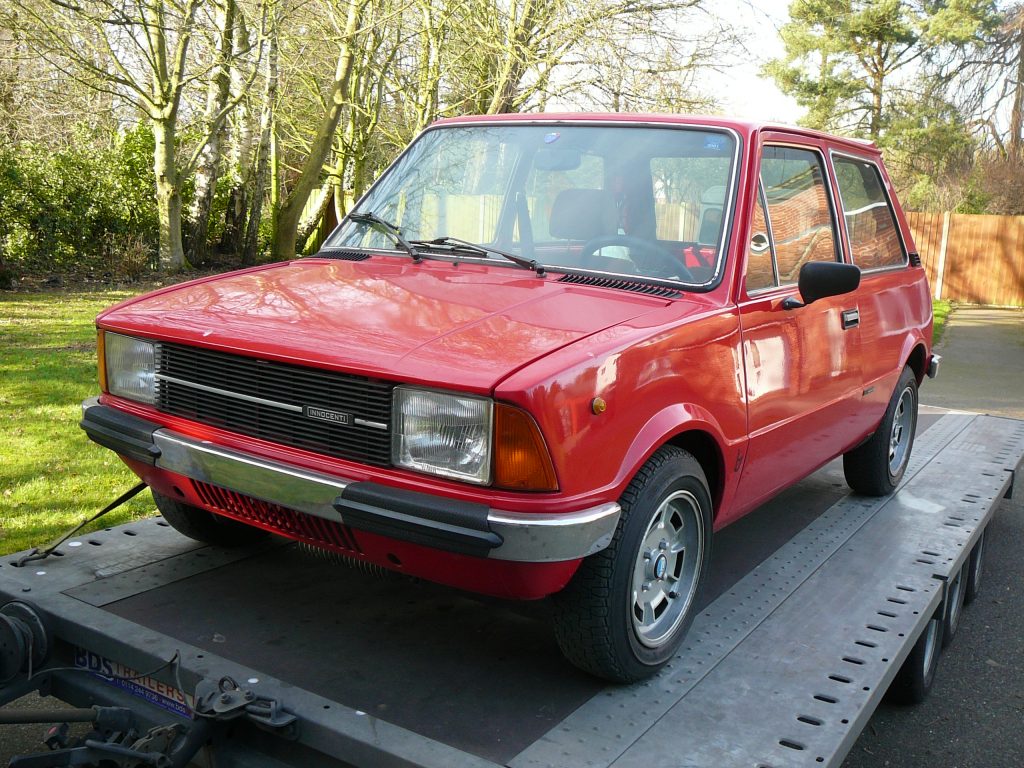
This is where things can get complicated. For me, the snag was that in Italy you can’t simply drive off with a car you’ve bought. That’s because the registration plates belong to the owner. So you either need their permission to leave with their plates and return them by recorded delivery once you are home, or you need to obtain temporary export plates. Good luck getting those unless you are going to spend two weeks in the country.
Chris Hendrie, who has bought a handful of cars from abroad, says he enjoys the challenge of cracking the paperwork and logistics. “I love the research, the contact, the admin and travel arrangements, and, most of all, the drive home,” Hendrie told Hagerty.
As for Nick Bailey, he offers some words of reassurance for anyone buying a classic car in France. “I speak French,” said Bailey, “so admittedly that wasn’t quite the barrier it could be and I found the sellers quite amused by the English wanting to buy their cars. The French side of the paperwork was fairly simple.”
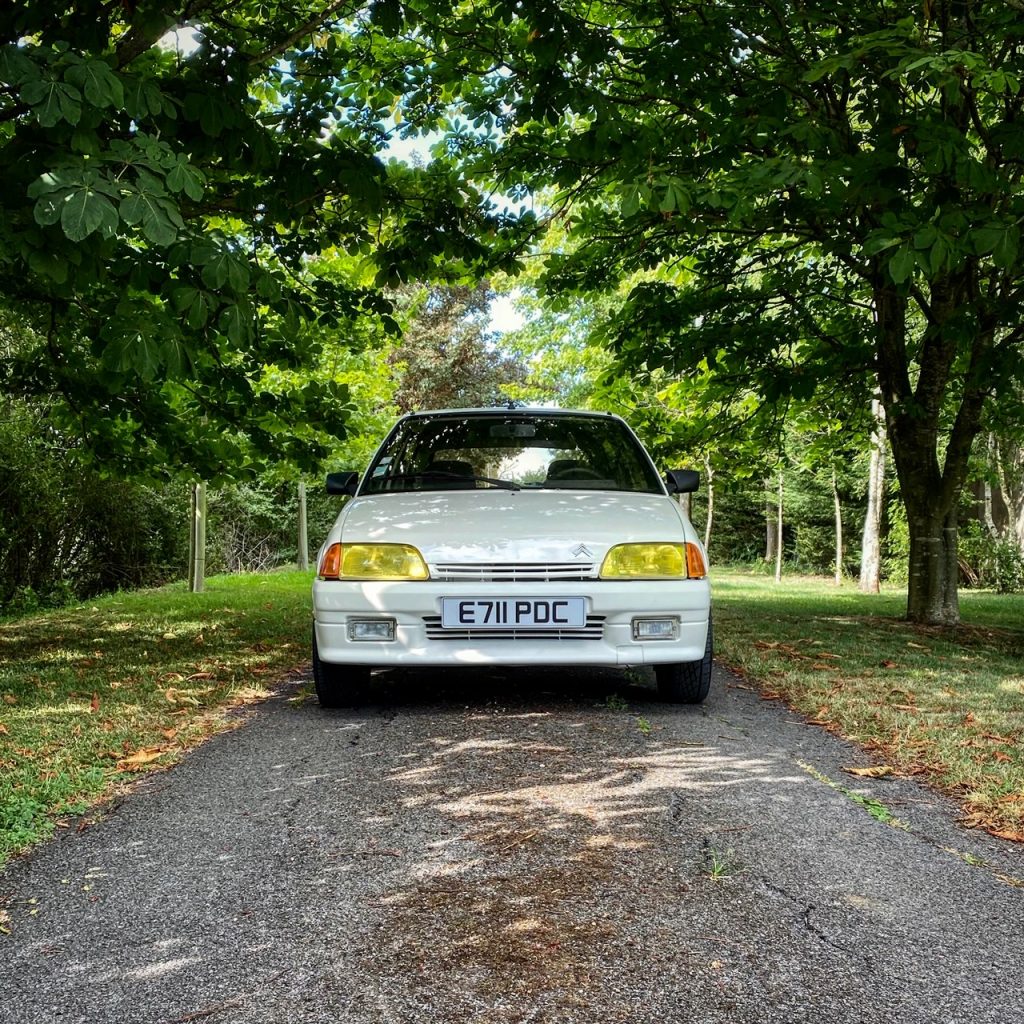
If you are planning to drive back from Europe, a UK insurance company should cover your purchase using the chassis number. A declaration of sale, the local MOT and original registration documents are required. Once in the UK you are not allowed on the Queen’s Highway with foreign or export number plates. Unless that is, you have a pre-booked MOT test. In that case you had better get your timings right (don’t land on a weekend) and book an appointment with your local MOT test centre.
At this point, you might not be surprised to hear that sometimes it is easier to hire a trailer, or pay for a professional vehicle movement firm to take care of transport when importing a classic car. Especially if the car is not roadworthy, or won’t start.
Back in Britain
Once home you have 14 days to let the tax office, (HMRC) know you’ve imported a car. Do this online through the Notification of Vehicle Arrivals Service site. They will let you know if there are any import duties payable. Currently cars bought from inside the EU over six months old won’t be subject to any charge. The NOVA questions are simple enough, but you’ll need to check from time to time to see if you have approval, which can take a couple of weeks.
Get an MOT
If your imported classic car is under 40 years old then it will need an MOT to be registered. Making the car legal may require alterations to lights and other modifications to comply with UK law. Although you cannot use the car on the road without number plates it can be driven to and from a booked MOT inspection.
A word of advice for classics that are more than 40 years old and MOT exempt; it is still sensible to get the test done for peace of mind, prove roadworthiness and know what jobs, if any, require your attention.
Complete the V55/5
Once your imported classic car has been issued with an MOT certificate, you will need to fill in a V55/5 form to register the car in the UK. You’ll need to take a deep breath at this point, as the form, which asks about the technical specifications of the car, seems daunting. There is a ‘How to’ V355/5 plus you can call the DVLA, although you may have to be patient. They are helpful once you get through. Don’t get too panicked by the really technical stuff like the Stationary sound level (dB(A)) because that may not exist. You will be able to find all the usual stats like wheelbase and kerb weight very easily. Answer as many as you can.
Register with the DVLA

With the V55 filled in and an MOT certificate on hand, you can finally start stuffing an envelope. The DVLA will require proof of your address (so a utility bill) and proof of insurance such as a cover note. There may be other requirements depending on the vehicle it may need some Type Approval documentation. Mostly that’s it, except for the original registration documents. That’s understandable as they could be reused by people who are not quite as honest as you. Quite often they are a work of art.
An important tip: Before sending all these documents, make good-quality copies by scanning or photographing the documents and forms, and keep them safe. Then send the documents to the DVLA, using special delivery so you know they actually get to Swansea. The cost to do all this with the DVLA is £55.
The DVLA can ask for your car to be inspected. A subcontractor will perform this work, taking pictures to document the car and locating the VIN plate to establish its identity.
This will all sound like a great deal of hassle, but those that have been through the process from start to finish, such as Nick Bailey, say it’s worth it. “I’d definitely recommend it,” said Bailey. “Enjoy the process, take your time. There is more choice across Europe and differences in different countries on price. And, of course, there are rare and interesting cars.”
Using a professional import/export car company
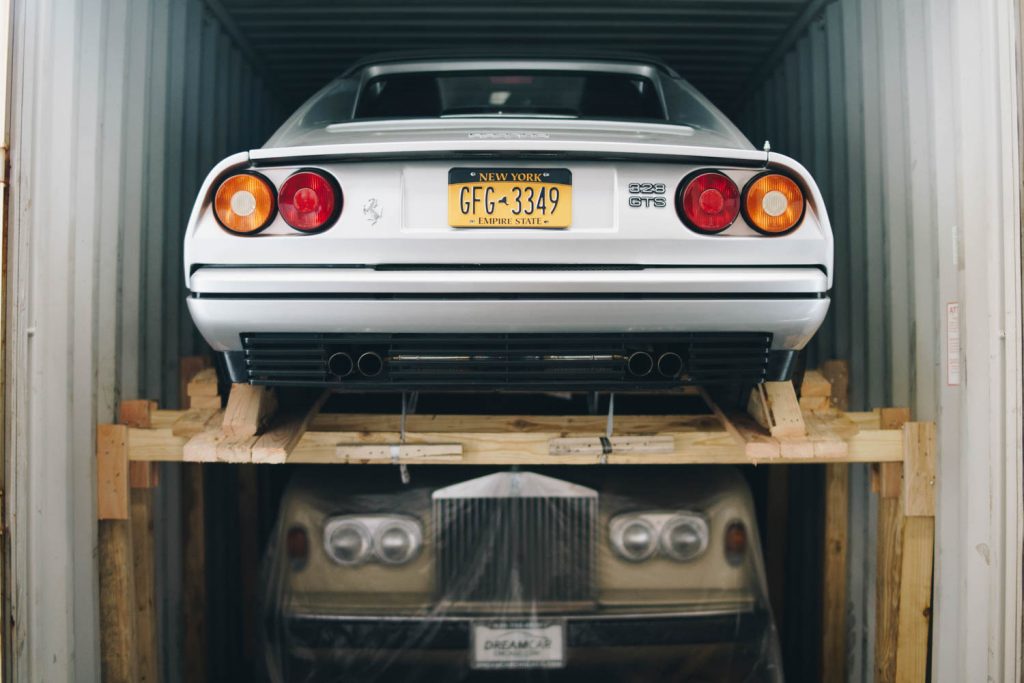
If all that seems a bit daunting then a company like The Car Warehouse can source the car for you get it shipped home and made road legal. Manager Keith Johnson explains, “We import and export all over the world and source vehicles from Japan. There is a ton of red tape and you need documents in duplicate, sometimes triplicate and you don’t want to get that wrong.” Other vehicle exporters and importers include My Car Import and Ship My Car, in the UK, and West Coast Shipping in the US .



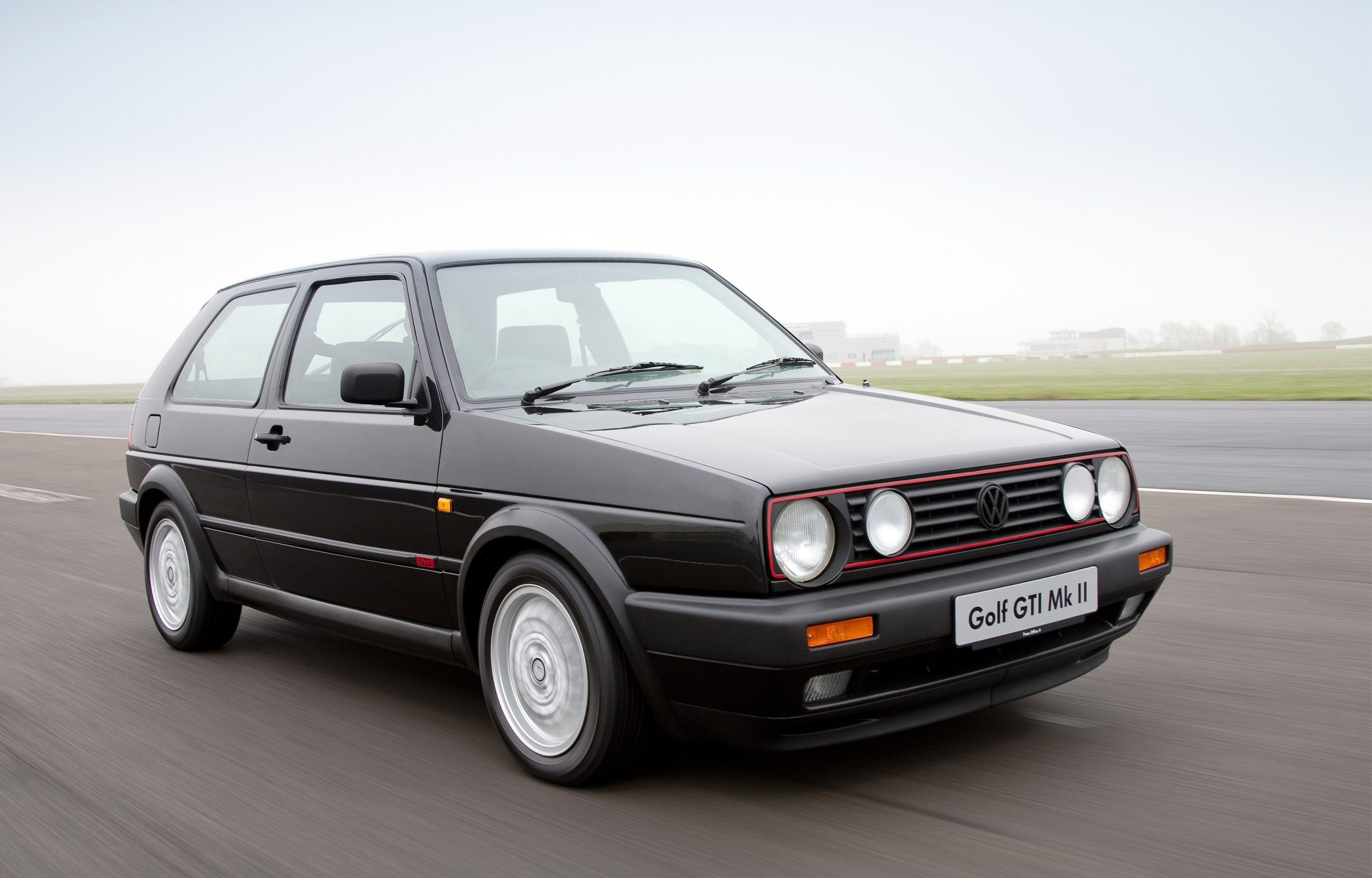






That’s a great article that describes the unprofessional way of importing and exporting of cars. Thank you for sharing.
Hagerty team, this article is well done and matches my positive experiences buying cars abroad. Are there any plans to update it regarding the latest post-Brexit info? It ranks quite high in a Google search so would be worth having a new paragraph about that. I believe I will be paying 5% VAT on a 1973 Mercedes I’m currently importing, for example. Cheers.